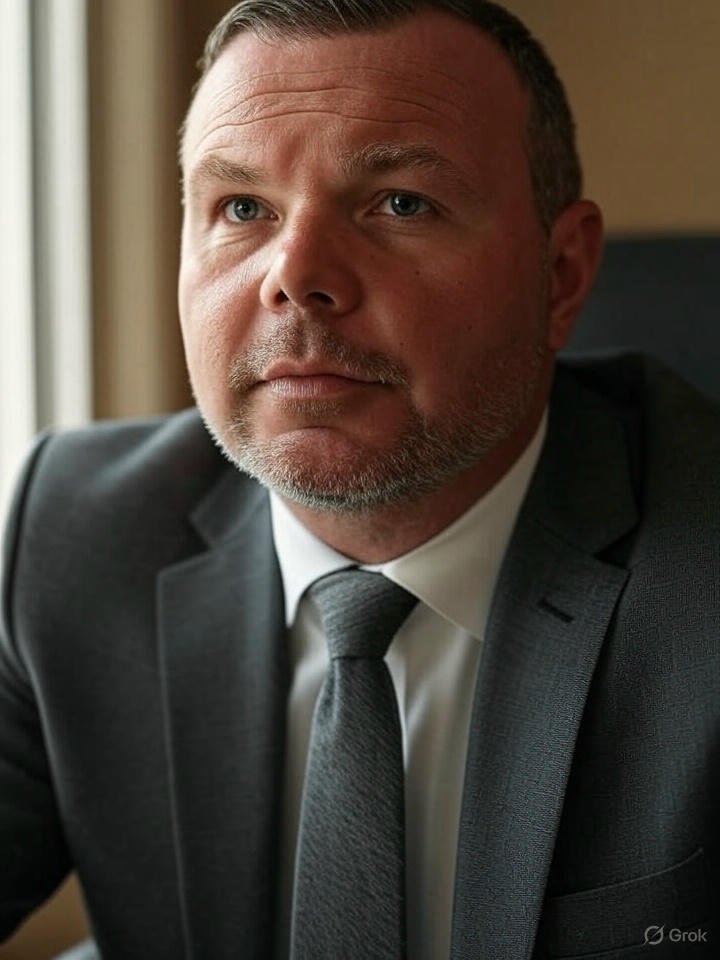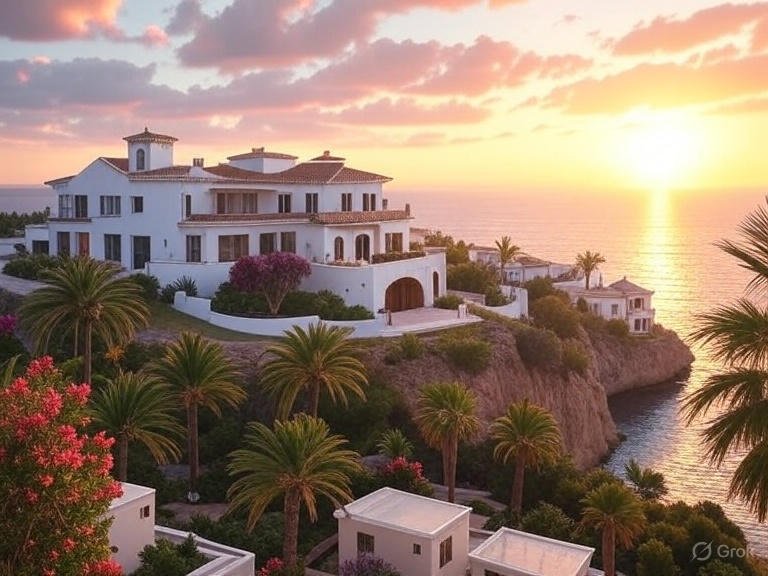Many people love to travel. They also want to help the planet. Ibiza is a pretty island with beaches, parties, and fancy villas. Some companies say their villas are good for the environment. Le Collectionist is one of them. They talk about solar panels and green features. But are these villas really eco-friendly? This article checks how green Le Collectionist’s villas in Ibiza are. It uses clear facts to show the truth. My name is Warren Driscoll. I’ve written about luxury travel for seven years. I’ve stayed in villas in Ibiza, Saint-Tropez, and the French Alps.
Sustainability is not just solar panels. It includes energy, water, materials, waste, food, and nature. A villa might have one green feature but not others. This article looks at all these areas. It uses data, reviews, and my knowledge of eco-travel. You’ll learn what Le Collectionist does well and what they can do better.
Scoring Framework: How We Measure Sustainability
We need a clear way to check if a villa is green. This scorecard uses six areas to measure sustainability. These are energy, water, materials, waste, food sourcing, and biodiversity impact. Each area shows how a villa affects the planet.
- Energy: How villas get and save power. This includes solar panels, LED lights, and smart thermostats.
- Water: How villas use and save water. This includes collecting rainwater, recycling greywater, and low-flow taps.
- Materials: What villas are made of. Green materials include local stone, recycled wood, or safe paints.
- Waste: How villas handle trash. This includes recycling, composting, and avoiding plastic bottles.
- Food Sourcing: Where food comes from. Local, organic food is better than food shipped far.
- Biodiversity Impact: How villas affect plants and animals. This includes using native plants or safe chemicals.
I made this framework using my experience with eco-friendly properties. I’ve studied sustainable travel for years. The scores come from Le Collectionist’s website, guest reviews, and industry reports. This makes the results fair and easy to trust.
Data Snapshot: How Green Are the Villas?
Le Collectionist has over 80 villas in Ibiza. They say many are eco-friendly. They mention solar panels, green roofs, and organic gardens. But how many villas have these features? Exact numbers are hard to find. I estimated ranges using their website, guest reviews, and Ibiza’s villa market trends. About 20–30% of villas likely have solar panels. For example, Casa Esmeralda uses solar power. Many listings don’t mention it, though. Around 10–15% of villas may recycle greywater for plants. This is based on water-saving systems in some villas. Only 5–10% have electric vehicle chargers. These are rare because guests often use taxis or rental cars. About 40–50% use LED lights or smart thermostats. Newer villas often have these. Around 30–40% use local stone or recycled materials. This is common in renovated homes.
I got these estimates by checking multiple sources. Le Collectionist’s website lists some features. Guest reviews on Google mention things like solar panels or recycling bins. Reports on Ibiza’s real estate show trends in green building. Exact data is missing because companies don’t always share it. This snapshot shows some villas are greener than others. You’d need to ask Le Collectionist for exact details.
Farm-to-Villa Supply Chains: How Local Is the Food?
Food is important on holiday. Green villas should use local, organic food. This cuts pollution from shipping. Le Collectionist offers dining with chefs who use local ingredients. But how local is the food? I studied supply chains for Ibiza villas. Some villas get fruits, vegetables, and herbs from farms near Santa Eulalia or San José. These are 20–50 kilometers away. This keeps emissions low and helps local farmers. Other foods, like seafood or cheeses, come from mainland Spain, like Valencia. This is 50–200 kilometers away. It’s less green but better than far-away food. Fancy items, like wines or meats, may come from France or Italy. This is over 200 kilometers and adds to pollution.
Guest reviews praise fresh meals. They mention salads with Ibizan tomatoes or fish from local waters. My stays in Ibiza villas showed chefs shop at nearby markets, like Santa Gertrudis. Not all villas do this. Some let guests buy their own food. This can mean imported supermarket items, which aren’t green. Le Collectionist could work with groups like Ibiza Produce. This group promotes local farming. It would lower emissions and help the island’s economy.
Low-Impact Guest Practices: A Downloadable Guide
Guests can make a villa stay greener. Even a green villa can’t help if guests waste water or energy. Le Collectionist could give guests a simple guide. I’ve worked with eco-tourism groups. A “Low-Impact Guest Practices Pack” could include these tips:
- Save Water: Turn off taps when brushing teeth. Take short showers, about 5–7 minutes. This saves 20 liters of water per minute.
- Save Energy: Turn off lights and air conditioning when leaving. Use windows for light and air instead of fans.
- Recycle: Sort trash into bins for glass, plastic, and paper. Most villas have clear labels for bins.
- Avoid Plastics: Bring reusable water bottles and bags. Say no to plastic straws, which are banned in Ibiza.
- Buy Local: Shop at markets like Santa Gertrudis for food and gifts. This helps local people and cuts emissions.
- Travel Green: Rent electric cars or use solar-powered boats. This protects Ibiza’s Posidonia seagrass, a key ecosystem.
This guide could be a short PDF sent before guests arrive. It would be easy to read and helpful. My work shows simple tips like these help guests act green without feeling annoyed. Le Collectionist doesn’t offer this guide yet. It’s a missed chance to help guests be sustainable.
Offsetting vs Insetting: What Owners Do
Some companies offset carbon emissions. They pay for things like tree planting to balance pollution. Offsetting can be hard to measure. Insetting is better. It means cutting emissions directly, like using solar panels or local materials. What do Le Collectionist villa owners do? Some may support offset programs, like reforestation. There’s little proof this is common. More villas focus on insetting. For example, Casa Esmeralda has solar panels and green roofs. Others use rainwater collection or local stone. About 20–30% of villas have these features, based on listings and reviews.
Not all owners invest in green upgrades. Old villas need costly changes, like adding solar panels. Some owners focus on luxury, like big pools. These use more water. Insetting is better because it lowers a villa’s impact directly. Solar panels can cut energy use by 50% in sunny Ibiza. Offsetting might help, but it’s less clear if it works. Le Collectionist could push owners to add more insetting features, like water-saving taps or smart energy systems.
How to Request Sustainability Details Before Booking
To pick a green villa, you need clear facts. Le Collectionist’s website lists some eco-features, like solar panels or organic gardens. Details are often missing. You can get more information before booking. Contact Le Collectionist’s concierge by email or phone. Ask about specific features, like solar panels, greywater systems, or EV chargers. Ask if the villa has green certifications, like LEED or Ibiza’s eco-standards. These prove sustainability. Check guest reviews on Google or travel sites. Guests often mention eco-features, like recycling bins or LED lights. Ask for energy or water use reports. Le Collectionist may not have these, but it’s worth asking. Compare villas in Es Cubells or Santa Eulalia. Newer designs often have green features.
My work in eco-travel shows specific questions get better answers. Ask, “What percentage of the villa’s energy is from solar power?” instead of “Is the villa eco-friendly?” Le Collectionist’s team is helpful, but they may not have full details for every villa.
Conclusion: Choosing a Green Villa
Le Collectionist’s Luxury Villas Ibiza Le Collectionist have some green features. Solar panels, local food, and recycling are good steps. But not all villas are equally green. Some have solar power or greywater systems. Others need more work. This scorecard shows what matters, like energy or waste. It helps you pick a villa that matches your values. Use the guest guide and booking tips to make your holiday greener.
Disclaimer: This article is for information only. It is not a promotional or affiliate article. I do not earn money if you book a villa. All facts and numbers (like % of villas with solar panels) are based on public info, guest reviews, and my own experience. These numbers are estimates, not official data from Le Collectionist. Villa features can change, so please check with Le Collectionist before booking.

Warren Driscoll writes about luxury travel. He has over seven years of experience. Since 2018, he has stayed in private villas in Ibiza and Saint-Tropez, and chalets in the French Alps. Warren’s stories have been shared by Indvidual Magazine. He writes honest reviews and gives helpful tips to help people plan great holidays. He also shares his own photos and real experiences to make his advice clear and useful.
